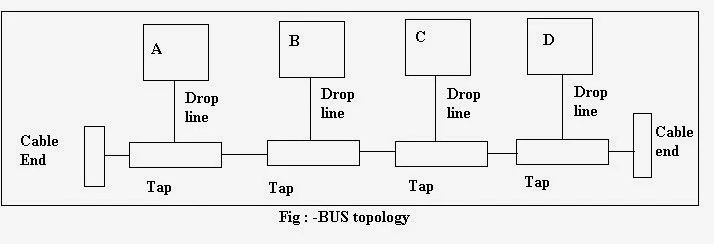Multiple Choice Questions ( Single Choice) :-
1) In SQL, which of the following is not a data Manipulation Language Commands?
A) Delete
B) Select
C) Update
D) Create
E)None of the above
Answer :- E)None of the above
2) Which of the following is not a type of SQL statement?
A) Data Manipulation Language (DML)
B) Data Definition Language (DDL)
C)Data Control Language (DCL)
D)Data Communication Language (DCL)
E)None of these
Answer :- D) Data Communication Language
3)Which of the following is not included in DML (Data Manipulation Language)
A)INSERT
B)UPDATE
C) DELETE
D)CREATE
E)None of these
Answer :-D)CREATE
4)TRUNCATE statement in SQL is a -
A) DML statement
B) DDL statement
C) DCL statement
D)DSL statement
E)None of these
Answer:- B) DDL statement
5) In SQL, which command is used to add new rows to a table?
A)Alter Table
B)Add row
C)Insert
D)Append
E)None of the Above
Answer :- C)Insert
6) Stack is also called ____
A) First In First Out (LIFO)
B)Last In First Out (FIFO)
C)First In Last Out (FILO)
D)First Come First Served (FCFS)
E)None of the above
Answer :- C)First In Last Out (FILO)
7)The full form of DDL is
A) Dynamic Data Language
B)Detailed Data Language
C)Data Definition Language
D)Data Derivation Language
E)All of these
Answer :- C)Data Definition Language
8) The OSI model consists of ___layers.
A) Nine
B)Eight
C)Seven
D)Five
E)Eleven
Answer :- C)Seven
9)Assembly language is a _____
A) Low Level Language
B)Middle Level Language
C)High level Language
D)User Language
E)None of these
Answer :- A) Low Level Language
10) Which of the following is a type of translator?
A)Assembler
B)Compiler
C)Interpreter
D)All of the Above
E) None of these
Answer:- C) Interpreter
11) Which of the following term is related to the stack?
A) TOP
B)PUSH
C)POP
D)Rear
E) A, B and C.
Answer:-E) A, B and C.
12) In Queues, the end from where items inserted is called
A) Rear
B) Front
C) Top
D) Base
E) None of these
Answer:- A) Rear
13)Which protocol is used for browsing website:
A) TCP
B) FITFP
C)FTP
D)TFTP
E)None of these
Answer:-A) TCP
13) Which of the following is a browser?
A) Netscape Navigator
B) Mosaic
C)Mozilla Firefox
D)Google chrome
E)All of these
Answer:- E)All of these
14) Black Box Testing sometime called -
A) Data flow testing
B) Loop testing
C) Behavioral testing
D)Graph based testing
E)None of these
Answer:-D)Graph based testing
15)The Objective of testing is
A)Debugging
B)To uncover errors
C) To gain modularity
D) To analyze system
E) None of these
Answer :-B) To uncover errors
16)Choose the right sequence of SDLC (Software development life cycle) steps
A) Design, Requirement Analysis, Coding, Testing
B) Requirement Analysis, Design, Coding, Testing
C) Requirement Analysis, Design, Testing, Coding
D) Requirement Analysis, Coding, Design, Testing
E) None of these
Answer :-B) Requirement Analysis, Design, Coding, Testing
17) ODBC is based on ___.
A) Structured Query Language.
B) C language
C) C++ language
D) .net
E)None of these
Answer:- A) Structured Query Language.
18)JVM is a virtual machine that can execute ___
A)C language
B).net programming
C)RDBMS
D)C++ Language
E)Java byte Code
Answer : E) Java byte Code
19)Which of the following virus overtake computer system when it boots and destroy in-formation?
A)Trojan
B)System infectors
C)Boot infectors
D)Stealth virus
E) None of these
Answer :- C) Boot infectors
20)The JDBC-ODBC bridge is
A) Three tiered
B)Multithread
C) Best for any platform
D) All of these
E) None of these
Answer :-B) Multithread
Click here for more questions
